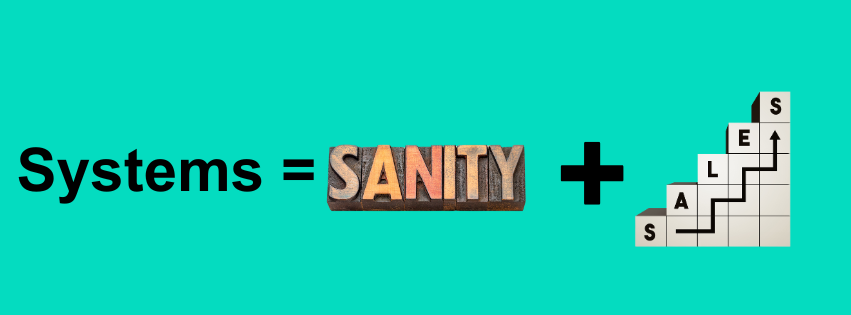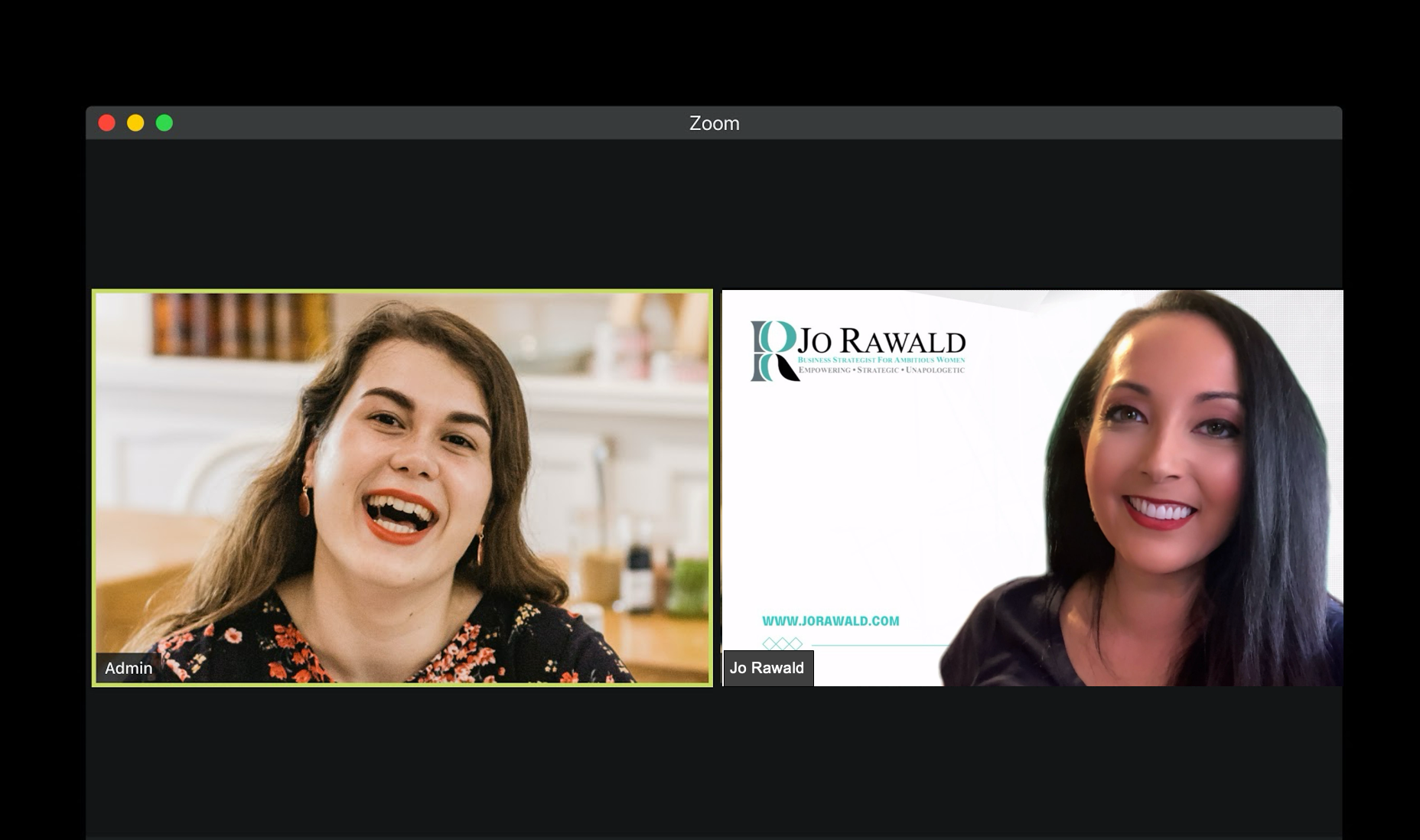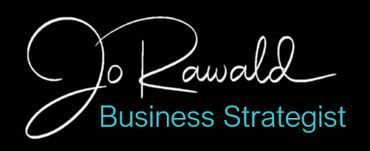In my career as a Business Management Consultant, I’ve come to learn that running a small business is a bit like trying to ride a unicycle on a tightrope while juggling flaming torches. It’s thrilling, challenging, and every move counts. (And no, I didn’t break both of my wrists by riding a unicycle on a tightrope while juggling flaming torches.) One of the most critical aspects of maintaining balance in your business is keeping an eye on costs. After all, who wants to see their hard-earned cash disappear faster than donuts at an office meeting? Let’s dive into some cost reduction strategies that will help you keep more of your money where it belongs: in your pocket.
The Art of Pinching Pennies
COST REDUCTION STRATEGIES FOR SAVVY SMALL-BUSINESS OWNERS

1. Audit Your Expenses (Yes, All of Them)
First things first, take a good, hard look at your expenses. And by that, I mean everything. From the cost of office supplies to your monthly subscription to “Cat Memes Monthly.” You’d be surprised how much you’re spending on things that don’t directly contribute to your business’s success. Keep an eagle eye out for those sneaky, recurring expenses that slip through the cracks.
2. Negotiate Like a Pro
Channel your inner haggler and start negotiating with your suppliers. Whether it’s for office supplies, utilities, or even your internet service, there’s often room for a discount. Remember, the worst they can say is no, and you might end up saving a pretty penny. If you’re not negotiating, you’re leaving money on the table.
3. Go Green to Save Green
Going eco-friendly isn’t just good for the planet; it’s also good for your wallet. Switch to energy-efficient lighting, encourage employees to shut down computers when not in use, and consider remote work to save on office utilities. Plus, you’ll get the added bonus of looking like a modern, eco-conscious business owner. Win-win!
4. Outsource Non-Core Activities
Are you really the best person to handle every single task in your business? Probably not. Consider outsourcing non-core activities like bookkeeping, payroll, or even marketing. Freelancers and specialized firms can often do these tasks more efficiently and at a lower cost than trying to manage everything in-house.
5. Embrace Technology
There’s a tech solution for just about everything these days. From project management tools to customer relationship management (CRM) systems, the right technology can streamline operations and reduce costs. Invest in software that automates repetitive tasks and improves productivity. Just make sure you’re not paying for features you don’t need – because let’s face it, you don’t need a CRM that can also make you coffee.
6. Reevaluate Your Space
Do you really need that sprawling office space, or can you downsize to something more budget-friendly? With the rise of remote work, many businesses are finding they can operate just as effectively with a smaller physical footprint. If a complete move isn’t feasible, consider subleasing unused office space to other businesses.
7. Bulk Buy and Save
Whenever possible, buy in bulk. Whether it’s office supplies, raw materials, or even coffee (a small business essential), purchasing in larger quantities often comes with significant discounts. Just make sure you have the storage space, or you might end up with a mountain of paper clips and nowhere to put them.
8. Encourage Cost-Conscious Culture
Make cost-saving a team effort. Encourage your employees to come up with cost-saving ideas and reward them for their contributions. When everyone is on board, you’ll be amazed at the creative solutions your team can come up with. Plus, it fosters a sense of ownership and responsibility among your staff.
9. Review Contracts Regularly
Don’t let old contracts gather dust. Regularly review your contracts with suppliers, service providers, and even your landlord. Market rates change, and what was a great deal a few years ago might not be so hot today. Renegotiate terms where possible to ensure you’re getting the best bang for your buck.
10. Keep an Eye on Inventory
Excess inventory is like having money just sitting on a shelf. Implement inventory management practices to keep track of what you have and what you need. This will help you avoid over-ordering and reduce storage costs. A well-managed inventory system can free up cash flow and improve your bottom line.
Ready to Save Big?
Cutting costs doesn’t have to be painful or involve drastic measures. With a little creativity and some strategic thinking, you can reduce expenses without compromising the quality of your products or services.
Feeling inspired but not sure where to start? Visit me online to set up a free 30-minute Discovery Call. Let’s strategize a cost reduction plan tailored to your business, so you can keep your balance on that tightrope and juggle those flaming torches like a pro.
Let’s make saving money fun and rewarding – because every penny saved is a step closer to business success!












